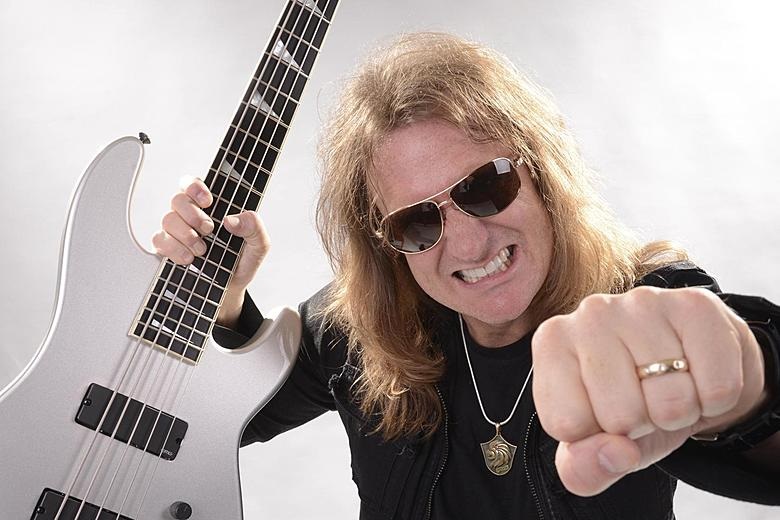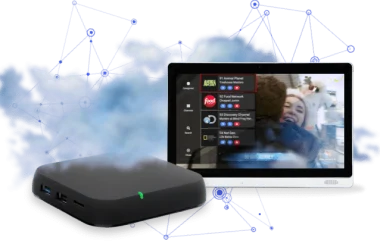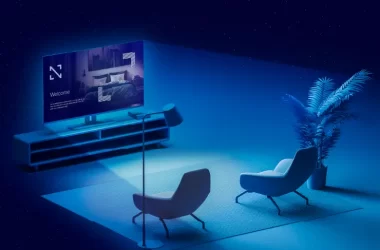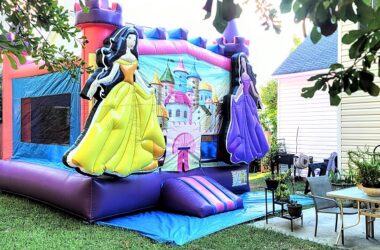School music programs have traditionally focused on classical instruments and theory, enriching generations with musical appreciation. However, in today’s fast-paced, technology-driven world, engaging students with a revamped school music program is crucial. Let’s explore innovative strategies to turn your music room into a vibrant hub of creativity, catering to a diverse range of musical interests.
Beyond the Basics: A Curriculum that Rocks!
Reimagine the music curriculum in education by incorporating a blend of traditional and contemporary elements. While core music theory and notation remain essential, consider these additions:
- Unleash the Inner Rock Star: Introduce students to popular music genres like rock, pop, and hip-hop. Analyze song structures, explore the evolution of popular music, and even have students compose their own pop anthems!
- Embrace the Electronic Revolution: Integrate music technology into the curriculum. Explore digital audio workstations (DAWs), music production software, and electronic instruments like synthesizers and samplers. Equip students with the skills to create their own electronic music masterpieces.
- World Music Exploration: Embrace cultural diversity by introducing students to the rich tapestry of world music. Explore instruments, rhythms, and melodies from different parts of the globe, fostering an appreciation for global soundscapes.
- Music and Movement: Bridge the gap between music and physical activity by incorporating music and movement activities. Explore body percussion, creative movement to music, and even the history of dance styles linked to different music genres.
Interactive Learning: From Passive to Captivated
School music programs should be interactive and engaging. Ditch the lecture format and embrace these student-centered approaches:
- Student Choice Projects: Empower students by allowing them to choose instruments or music topics that pique their interest. Let them research, perform, or compose based on their chosen subjects.
- Forming Bands and Ensembles: Foster collaboration by forming student bands and ensembles. This allows students to develop teamwork skills, hone their playing abilities, and experience the joy of creating music together.
- Performance Opportunities: Give students a platform to showcase their talent! Organize school concerts, talent shows, or even music video creation projects to celebrate their musical achievements.
- Guest Artist Workshops: Invite professional musicians or music educators to conduct workshops for your students. This provides valuable insights into different musical careers and inspires them to pursue their passion.
Setting Up a Music Lab for the Modern Age
A well-equipped music lab is the foundation for a thriving school music program. Here’s how to set yours up for success:
- Essential Instruments: Stock your music lab with a variety of instruments catering to diverse interests. This could include classical instruments like violins and clarinets, but also acoustic guitars, keyboards, and even ukuleles or djembes.
- Technology Integration: Invest in quality music technology like computers with DAW software, portable keyboards, and digital audio interfaces. Provide headphones for each student to facilitate individual practice sessions.
- Creating a Functional Space: Configure your music lab for both individual and group activities. Designate areas for instrument practice, group rehearsals, music technology workstations, and a performance space for smaller ensembles.
- Soundproofing Considerations: Consider soundproofing elements like acoustic panels or curtains to minimize noise bleed and ensure a focused learning environment.
The Power of Music: A Lifelong Gift
Investing in a robust NEP school music program goes beyond creating talented musicians. It fosters creativity, collaboration, and critical thinking skills – all essential ingredients for success in any field. It builds confidence, promotes self-expression, and provides a healthy outlet for emotions. Music appreciation becomes a lifelong gift, enriching hearts and minds long after school years are over.
Embrace the Groove Revolution!
By incorporating these strategies, you can transform your school music program into a dynamic hub of creativity that ignites a passion for music in students of all ages. So, crank up the volume, unleash the inner musician in your students, and witness the groove revolution take hold in your school!
Remember:
This blog is just a starting point! Tailor your school music program to your specific school community, student interests, and available resources. The most important thing is to create a fun, engaging, and inclusive environment where all students feel welcome to explore the joy of music. Now go forth and get those creative musical juices flowing!







